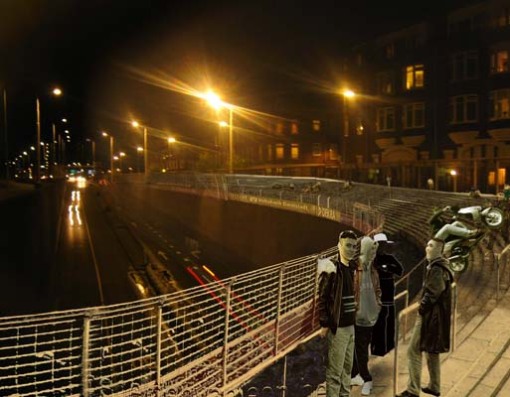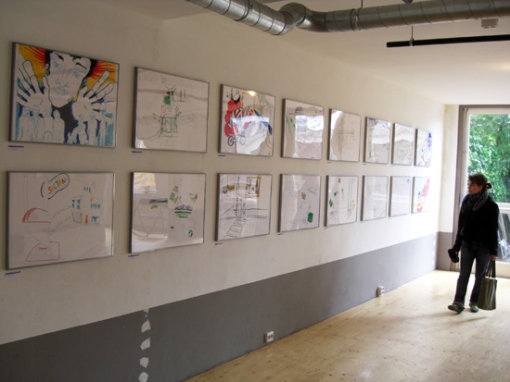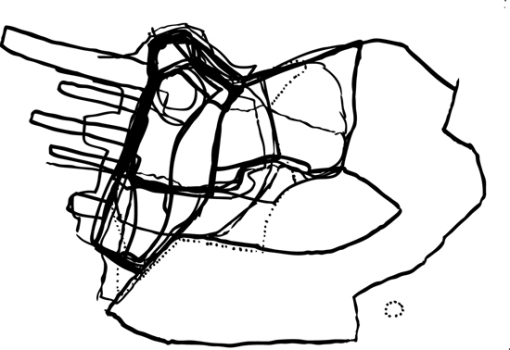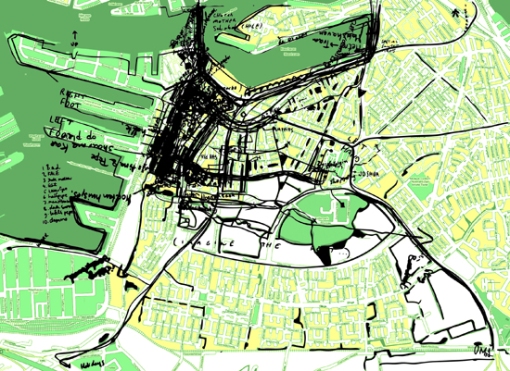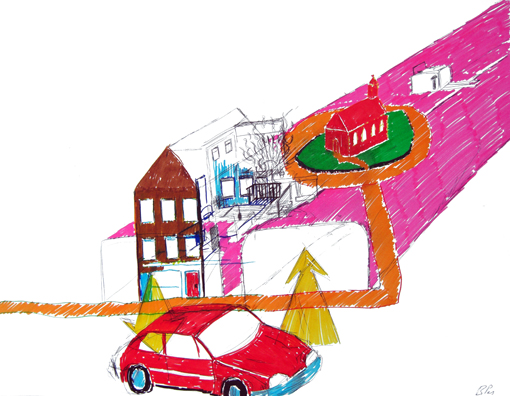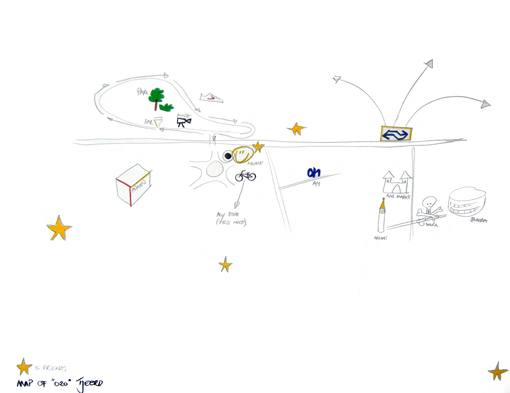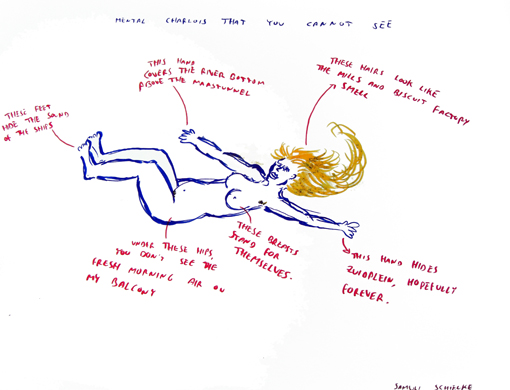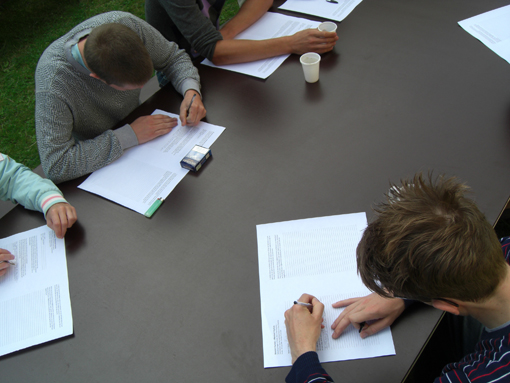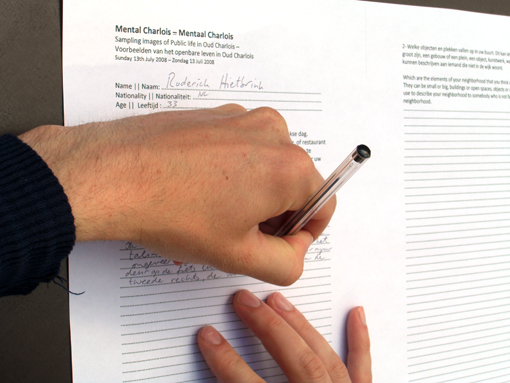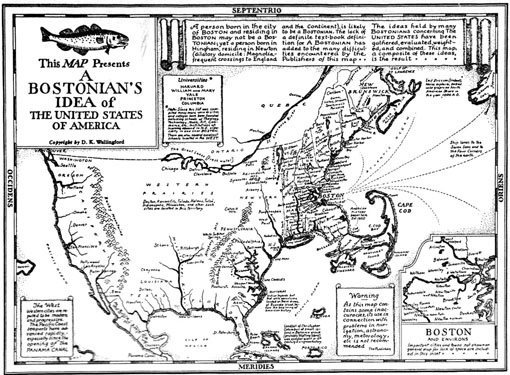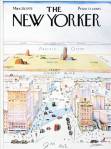Floris Schiferli is an artist and architect living in Oud Charlois. For one of his recent projects, he decided to use the material from Mental Charlois, give his own interpretation and make some very interesting proposals.
He organised the Charlois inhabitants in several population groups:
Historically the area was a farmer’s village on the other side of the Maas. With the development of the Rotterdam harbour though it soon transformed into a workers neighbourhood. International “imported” workers soon joined Dutch worker families. In the 1970’s with the independency of the former colonies Surinamese and Antilleans came to complete the colourful mix of inhabitants. The latest addition is the artists, who came here the last 5 – 10 years.
Maastunnel hangout:
In the conclusion map of good and bad spots in Charlois, the artificial barrier between the river Maas and Oud Charlois, the Maastunnel is marked mostly as a good spot. Rather looking at cars then ships? The new youth is fan of the monumental Tunnel trace, or is it the great waste-burn Castel designed by Maarten Struis the real near-by attraction? Since teenagers are a hunted group in the south of Rotterdam, the area around the Maastunnel entrance is a good hangout, not too far from the supermarket, donner-kebap and their homes. The ventilation system of the Maas tunnel blows out warm air, so the spot is always slightly warmer than the outside temperature. The dike that contains a bike path can easily be misty and works as a visual barrier, so the users can have some privacy. Plus, the traffic noise is covering up the sounds of teenagers having fun. Seems like a win-win situation!
Charloisse Kerksingel:
Several people have already proposed this idea. In the old times, the church used to be centre of public life, as everything happened around it. Nowadays, the amputated green park around the old Church, enclosed by a little fence, discourages the possibility to use it as a square. Looking at the movement traces, we understand the importance of the place, while a look at the historical maps show that different shops used to be located facing the church. There is simply no other square in old Charlois within so much potential. Houses all around function as a form of social control and there is already a cafe-bar and restaurant and a gallery. Imagine the sun shining, having a cold beer and some good finger food…
Metro stop South-park.
A great park with hardly any visitors considering its size. Strangely enough the Zuidpark appears in most of the maps as a reference point but hardly anyone mentions that they actually go there. The movement traces form a big circle around it. A lot of people are depending on the public traffic, especially in the south of Rotterdam. Making the park more accessible could actually increase the number of visitors.

